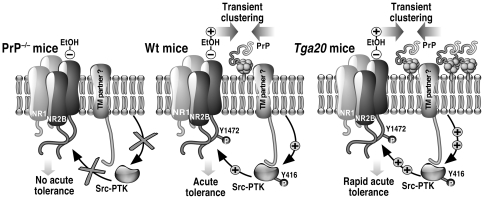Figure 6. Proposed model of PrP-dependent EtOH effects.
In wt mice, acute administration of EtOH inhibits GluN2B-NMDAR currents. An acute tolerance (i.e. reversion) is rapidly set up leading to the repotentiation of NMDAR currents mediated by Src-PTK-dependent phosphorylation of the GluN2B subunit. EtOH provokes the clustering of proteins into lipid rafts allowing interplay of PrP/PrP or PrP/putative trans-membrane partner (TM). Such interplay could be pivotal to activate the Src-PTK (i.e. phosphorylated on tyrosine Y416) that in turn restores NMDAR activity by phosphorylation on tyrosine residue Y1472. In PrP−/− mice, the acute tolerance to EtOH is established slowly because the lack of PrP hinders fyn interplay. Thus, no EtOH-induced activation of the fyn kinase is observed in hippocampus of PrP−/−. As a consequence, GluN2B phosphorylation does not occur resulting in the lack of repotentiation of NMDAR currents that may explain, at least partly, the hypersensitivity of PrP–/−mice to EtOH. In tga20 mice, the over-expression of PrP and thus its high concentration into lipid rafts would lead to a constitutive activation of fyn and subsequently to the hyper-phosphorylation of GluN2B-NMDAR.

